Jaw-dropping Ferrari F80 'spaceship' gets 1200hp
Hybrid hypercar is the most powerful Ferrari in history - and with only six cylinders
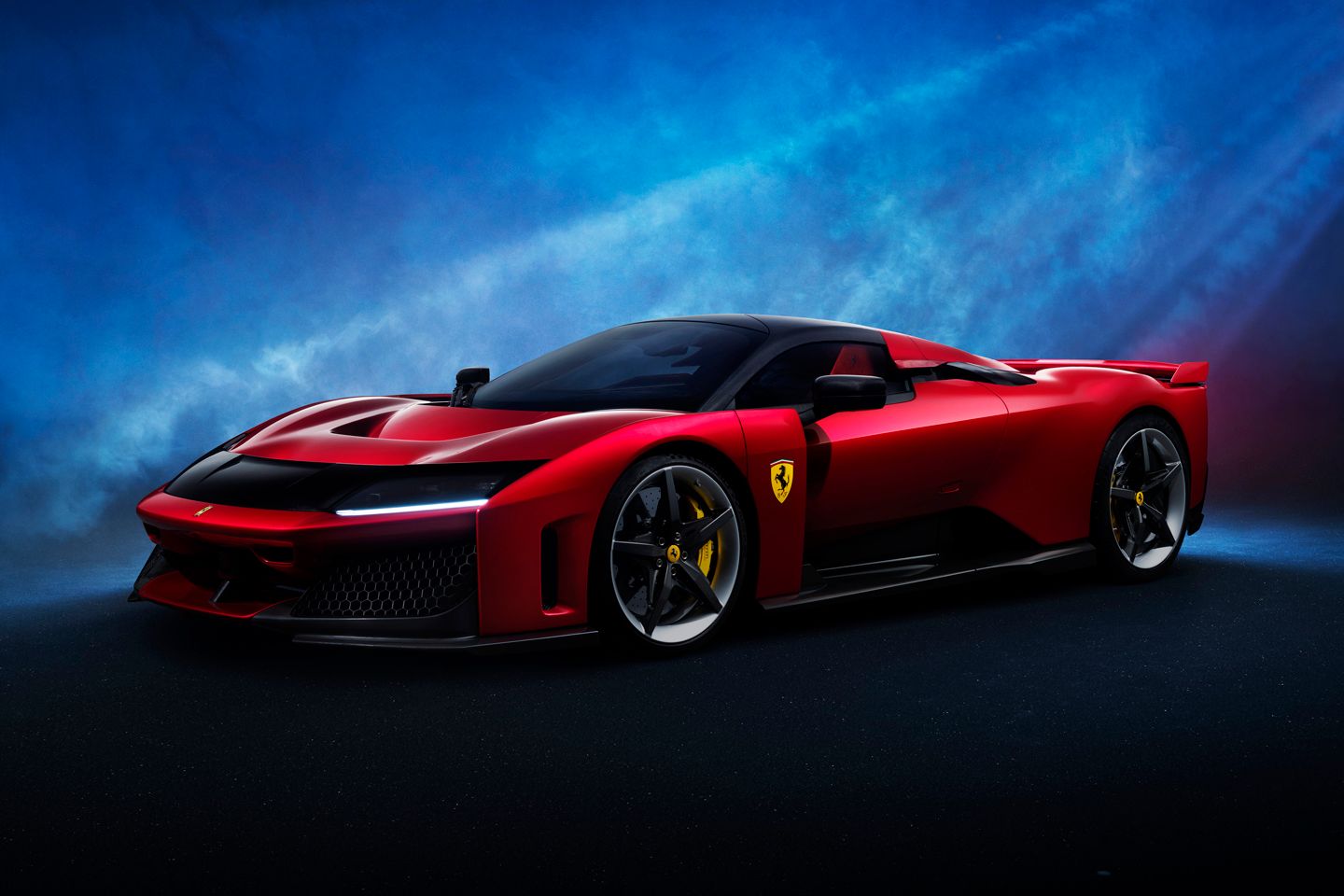
It’s been more than ten years since the LaFerrari, McLaren P1 and Porsche 918 Spyder ushered in the era of the hybrid hypercar. Rather a lot has happened since then, setting the stage perfectly for an all-new, tip-of-the-spear generation. McLaren has shown its hand with the W1, a 1,250hp projectile that packs an all-new 4.0-litre hybrid V8 into a highly complex aero package capable of generating up to a tonne of downforce. Now, just a week and a bit on from Woking’s announcement, Maranello has unveiled its contribution to the holy trinity’s second album. Everyone, feast your eyes on the new Ferrari F80.
Yep, we’re back to the old way of naming things. The company’s used both ‘Enzo’ and ‘Ferrari’ for its last two hypercars, while il Grande Vecchio’s middle names (Anselmo Giuseppe Maria, for those wondering) are presumably being kept in reserve for future models. Instead, the F80 has been named to mark Ferrari’s 80th anniversary (albeit prematurely; it only celebrated its 75th in 2022), just as the F40 and F50 did for their respective company milestones. And what a way to go about it with 1,200 hybridised cavallos at 8,750rpm, 0-62mph in a staggering 2.15 seconds, and just another 3.6 seconds to hit 124mph - all with only six cylinders.
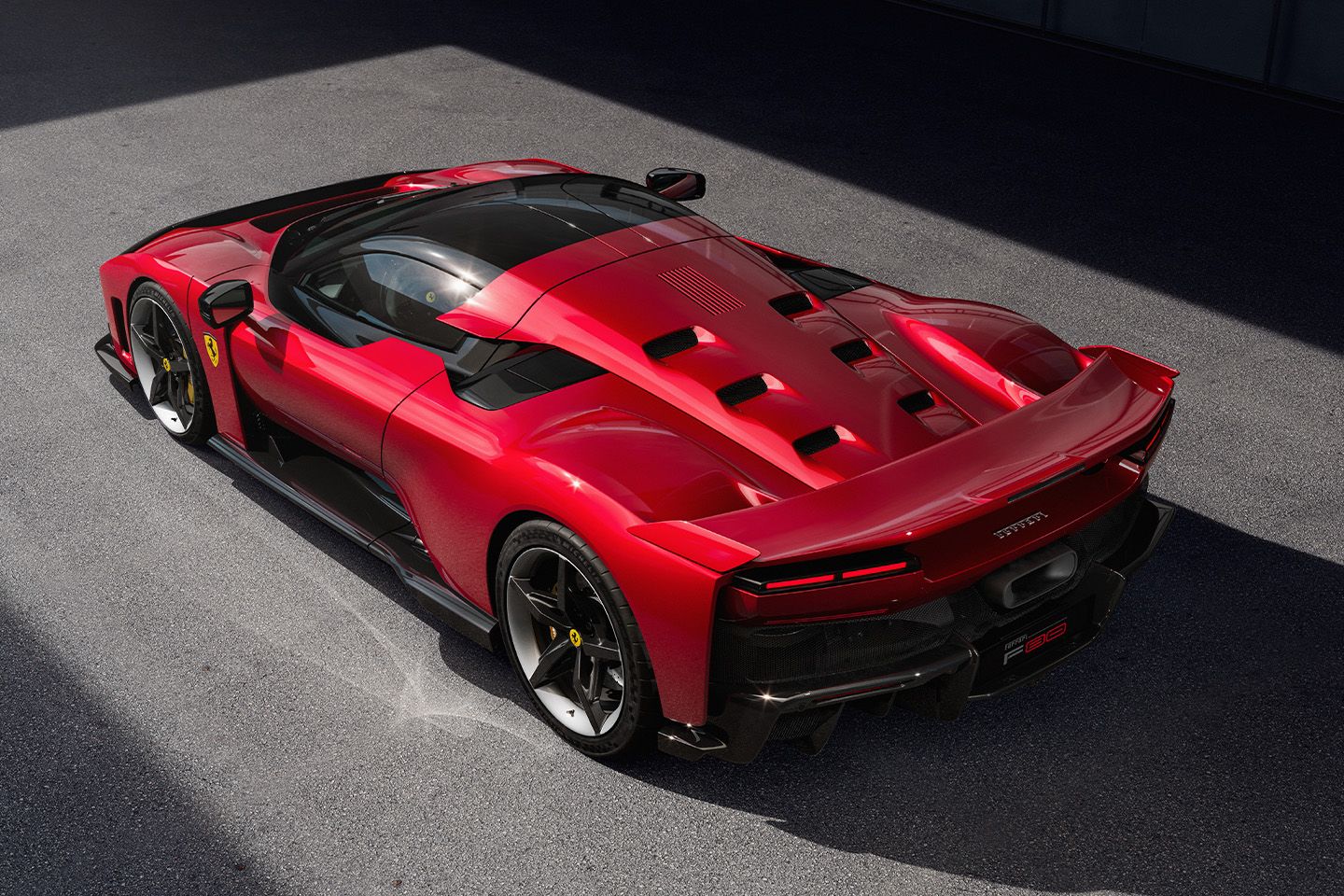
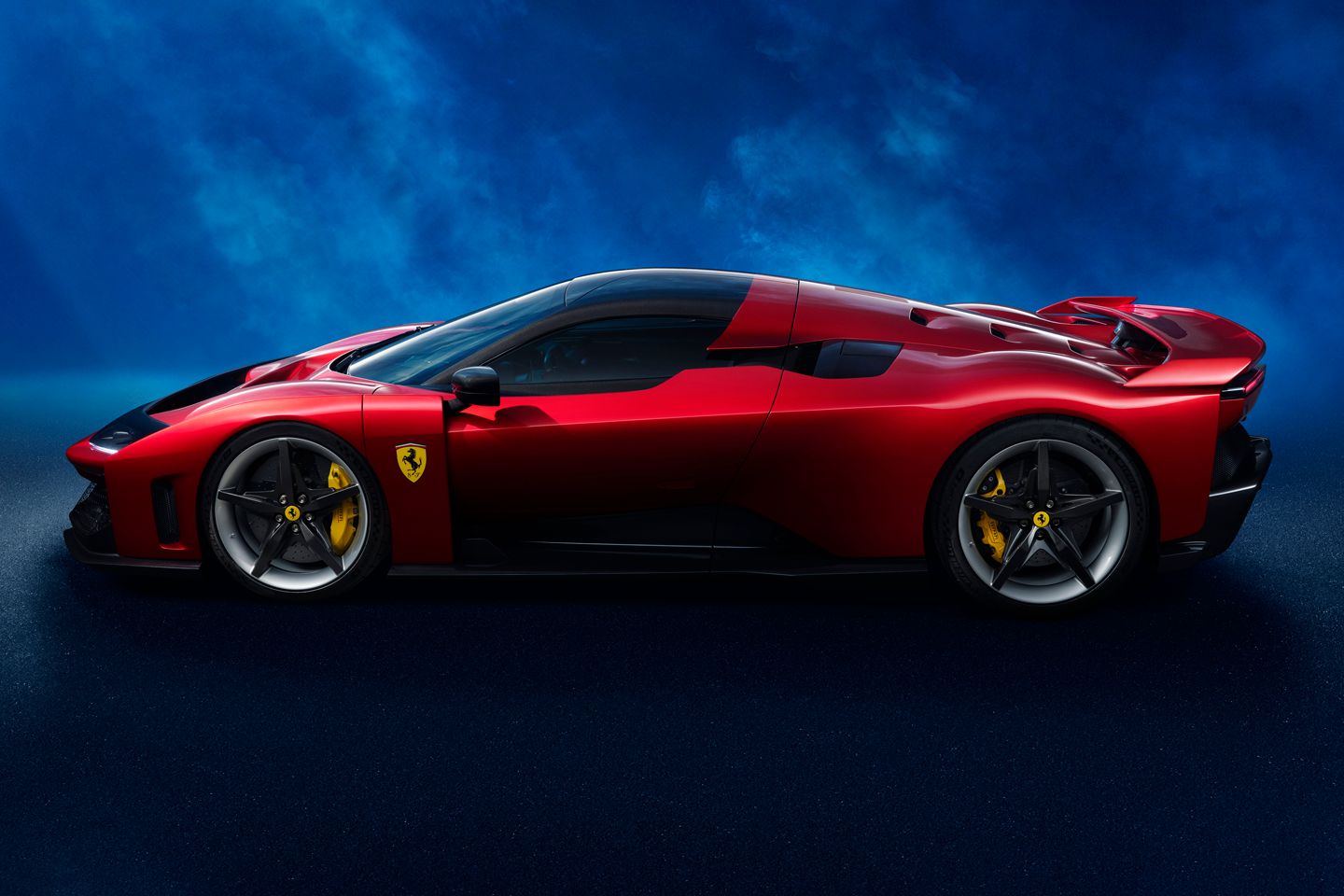
That’s right, the rumours were true all along. Here we have a flagship Ferrari that isn’t powered by naturally aspirated V12 screaming up to a five-figure redline, but rather a 3.0-litre V6 because, the firm says, it’s the highest-performing power unit in its arsenal. So while the 6.5-litre unit in the 12Cilindri was once the company’s most powerful engine ever with 830hp, the F80’s combustion engine alone develops 900hp with half the allocation of cylinders. That’s 100hp more than the LaFerrari’s V12 could muster, and equates to a frankly bonkers 300hp per litre.
Of course, Ferrari has already proven just how effective a V6 can be in recent years. The 296 GTB is a more than capable successor to the mid-engined V8 Ferraris of old, and it has won Le Mans two years on the bounce with its V6-powered 499P. The F80’s engine (codenamed F163CF) is closely linked to the Le Mans winner’s motor and retains its basic architecture and crankcase, though much of the internals, including the titanium con rods and aluminium pistons, are new for the supercar. Bolted to it are a pair of ‘e-turbos’ - a Ferrari first - where electric motors vary the speed of the turbine which results in “zero lag” at low RPM. Gases are ejected through an Inconel exhaust that’s been specially tuned to ‘emphasise the distinctive sound of a Ferrari V6.’ Going off audio snippet played during the reveal, it really doesn’t sound far off a V12. Seriously.
That’s 900hp accounted for, then, but what about the remaining 300? Well, there are two electric motors connected to the front wheels for a combined 284hp of electrical shove plus torque vectoring when you dial up the tempo. The system weighs 61.5kg, but by packaging the front motors with an inverter and cooling in a neat, carbon-fibre box has saved 14kg over ‘previous applications’, says Ferrari. At the back, a Formula 1-style MGU-K (motor generator unit - kinetic) works in tandem to with an MGU-H (motor generator unit - heat) to convert up to 70kW of energy from the brakes and turbos respectively to provide up to 81hp of electrical assistance to the combustion engine. Obviously this adds up to a figure greater than the quoted 1200hp, but the way power is managed means that’s the maximum the system can serve up in one hit.
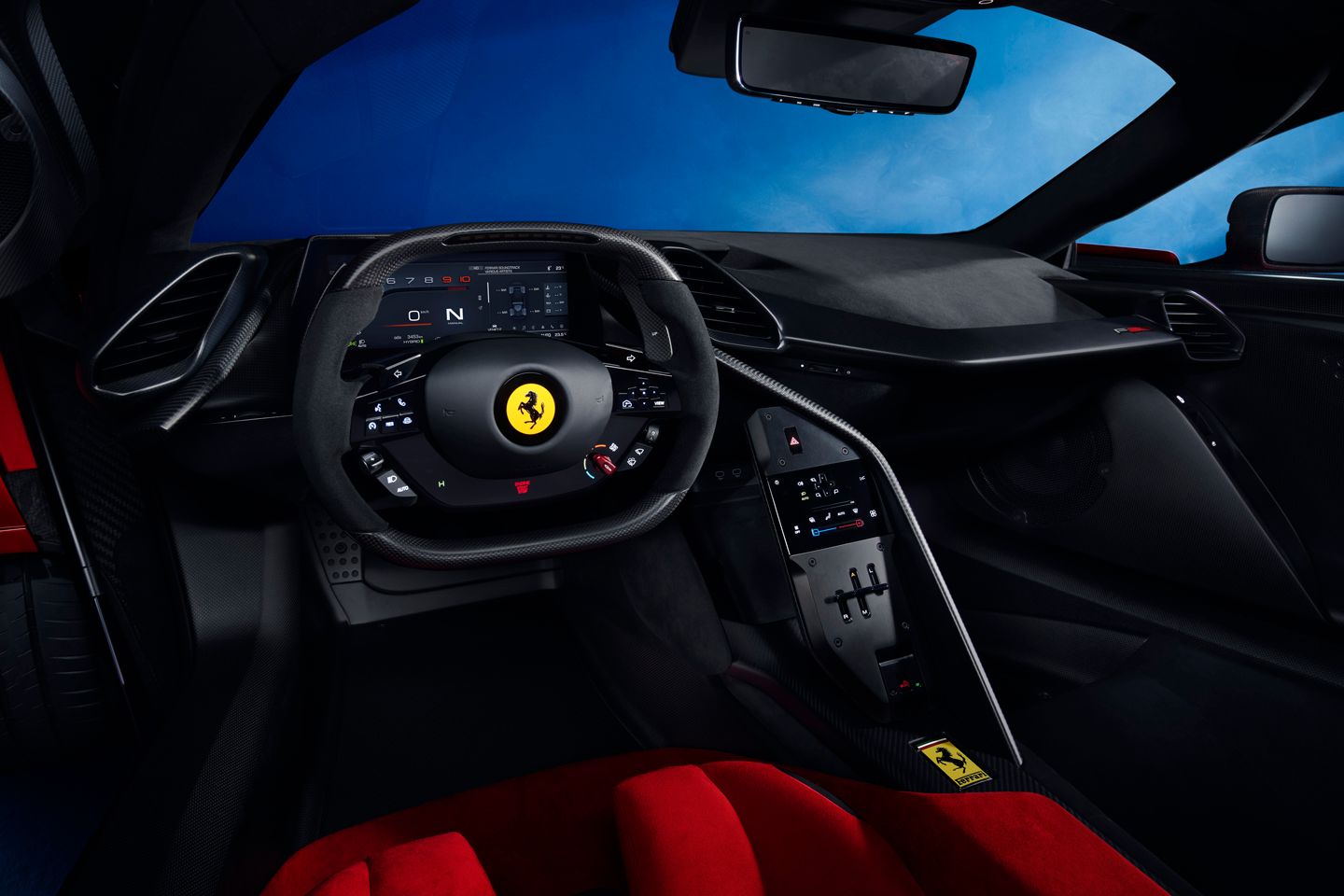
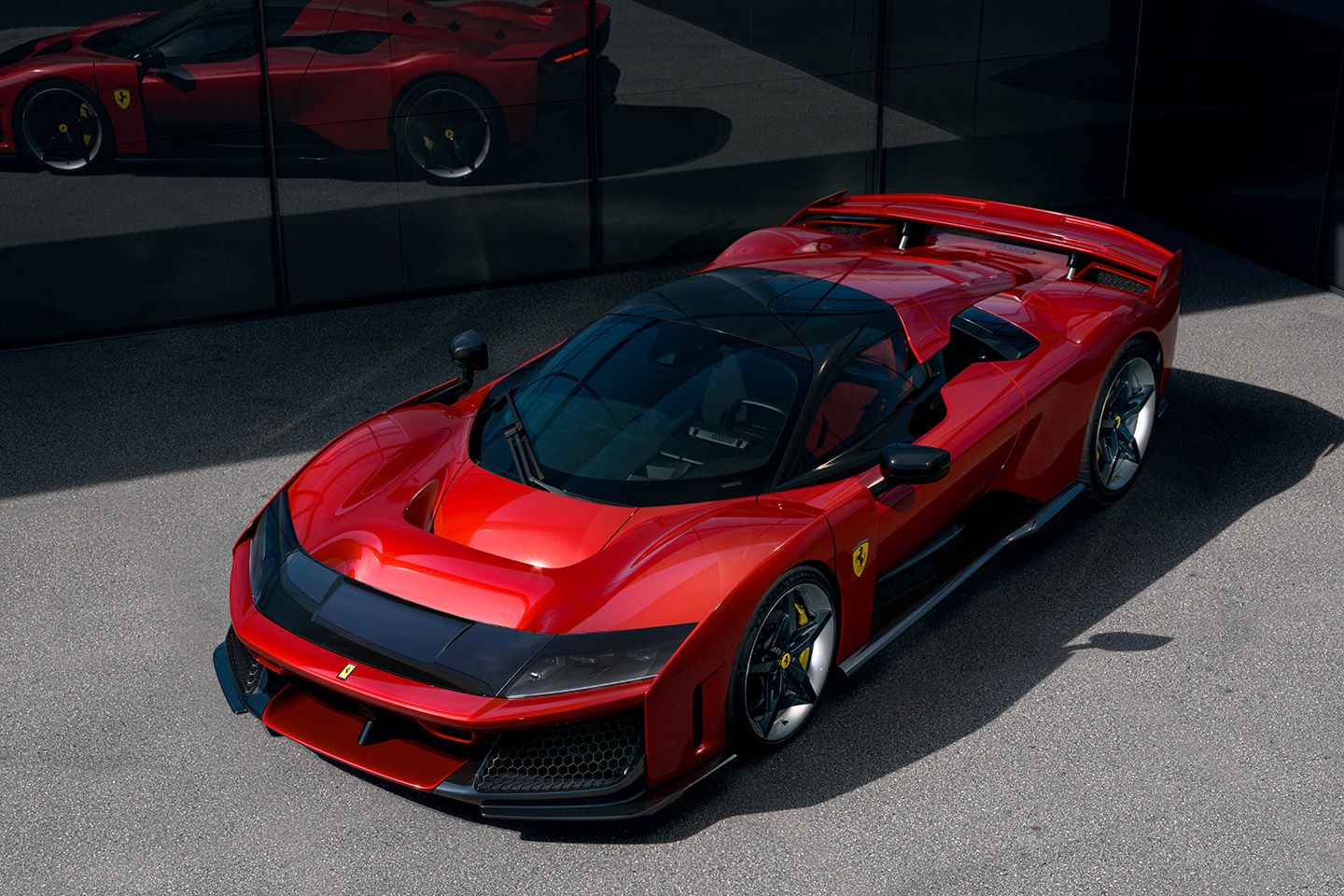
Additionally, the F80 gets an 800v battery that uses a similar lithium cell chemistry to the hybrid systems on its F1 cars. The 2.3kWh unit weighs in at 39kg and is located ‘low down in the engine bay’, again encased in its own carbon fibre housing. Interestingly, the technology gleaned from the F80’s development can be transferred to the LaFerrari, with plans to offer upgrades to existing customers on the horizon. The firm also plans to offer a eight-year extended warranty on the pack (for a fee, of course), given how high-voltage batteries are susceptible to extortionate failures when left to sit around.
So it should feel even more dramatic behind the wheel than its predecessor did, and perhaps hold its charge a little longer too. It packs a fair old visual punch, too. In complete contrast to the intentionally sleek LaFerrari, the F80 is aggressive, dramatic and immediately arresting. Ferrari’s charismatic design chief, Flavio Manzoni, wanted a look that was more futuristic than classically elegant, describing the F80 as ‘a beautiful spaceship’. The black visor, for instance, mirrors that of the 12Cilindri and serves to minimise the ‘anthropomorphic’ appearance of two headlights and a grille in the centre, while the two giant vents either side of the slender cockpit are a modern integration of the NACA duct pioneered by the aerospace agency that would eventually become NASA. There also appears to be influences from the 499P around the front wheel arches, while the rear has traces of the virtual Vision Gran Turismo concept.
Then there’s the way the F80 manages its airflow. While the LaFerrari concealed much of its aerodynamic trickery with a wing that could retract into the body when not in use and active flaps in the diffuser, all the F80’s wings, flics and ducts are brought right to the fore. That scoop above the splitter, for example, channels air into an S-Duct that exits just in front of the windscreen. Meanwhile, the front wings sit slightly higher than the edge of the bonnet to help direct air towards the rear of the car, where it’ll either get sucked up by the NACA ducts - providing an extra 5hp to the engine through the ram air effect - or towards the active rear wing. It’s much more prominent than the LaFerrari’s, and can extend up to the height of the cockpit and alone generates up to 180kg in downforce at 155mph.
However, that’s only a fraction of what the F80’s capable of. Because Formula 1 has made ground effect cool again, hypercar makers are paying more attention to the underbody than ever before. The GMA T.50, Aston Martin Valkyrie and now the McLaren W1 have all gone big on the concept, and the F80 is no exception. Ferrari placed the F80’s underbelly on a plinth at the side of the stage at the car’s reveal, and it’s a real work of art up close. There are numerous bargeboards to clean up high-pressure airflow as it accelerates towards the back of the car. To squeeze them in, Ferrari had to raise the position of the pedals, resulting in an F1-style, legs-up seat that’s said to have received Monsieur Leclerc's seal of approval.
Move to the back and you’ll find a diffuser so humungous that it’ll probably trigger anyone with megalophobia. Measuring 1,800mm in length, Ferrari claims it has set a new record for the longest diffuser fitted to a production car (though the Valkyrie may have something to say about that, given it’s one big tunnel underneath). Ferrari put so much focus on the diffuser that it angled the engine and eight-speed dual-clutch gearbox by 1.3 degrees to open up the tunnels further. Working in tandem with the rear wing generates 590kg of downforce at 155mph, while the bargeboards and S-Duct push the front down with 460kg of force at the same speed. Add them both up and you get 1,150kg at 155mph (which admittedly doesn’t correlate with the 1,000kg stated in the press release or the 1,050kg mentioned in the press conference). Whichever figure it is, it comfortably puts the F80 on par with Newey’s Aston and the W1.
As you might expect from a once-in-a-decade Ferrari, all signs point to the F80 being a giant leap over the LaFerrari (at least in terms of sheer performance), although it turns out an even crazier concept was originally on the cards. Prior to the car’s unveiling, the company’s marketing chief, Enrico Galliera, revealed that a single-seater concept had been considered early in the car’s development, but the idea was ultimately scrapped because ‘what’s the point of having a Ferrari supercar if you can’t share it with friends?’, or something to that effect. It has, however, positioned the passenger seat slightly behind and closer to the driver’s, meaning the carbon fibre tub is actually asymmetric. Squeezing the occupants together means the cockpit has been made 50mm smaller than LaFerrari’s, and allowed Manzoni to accentuate the high shoulder line down the sides.
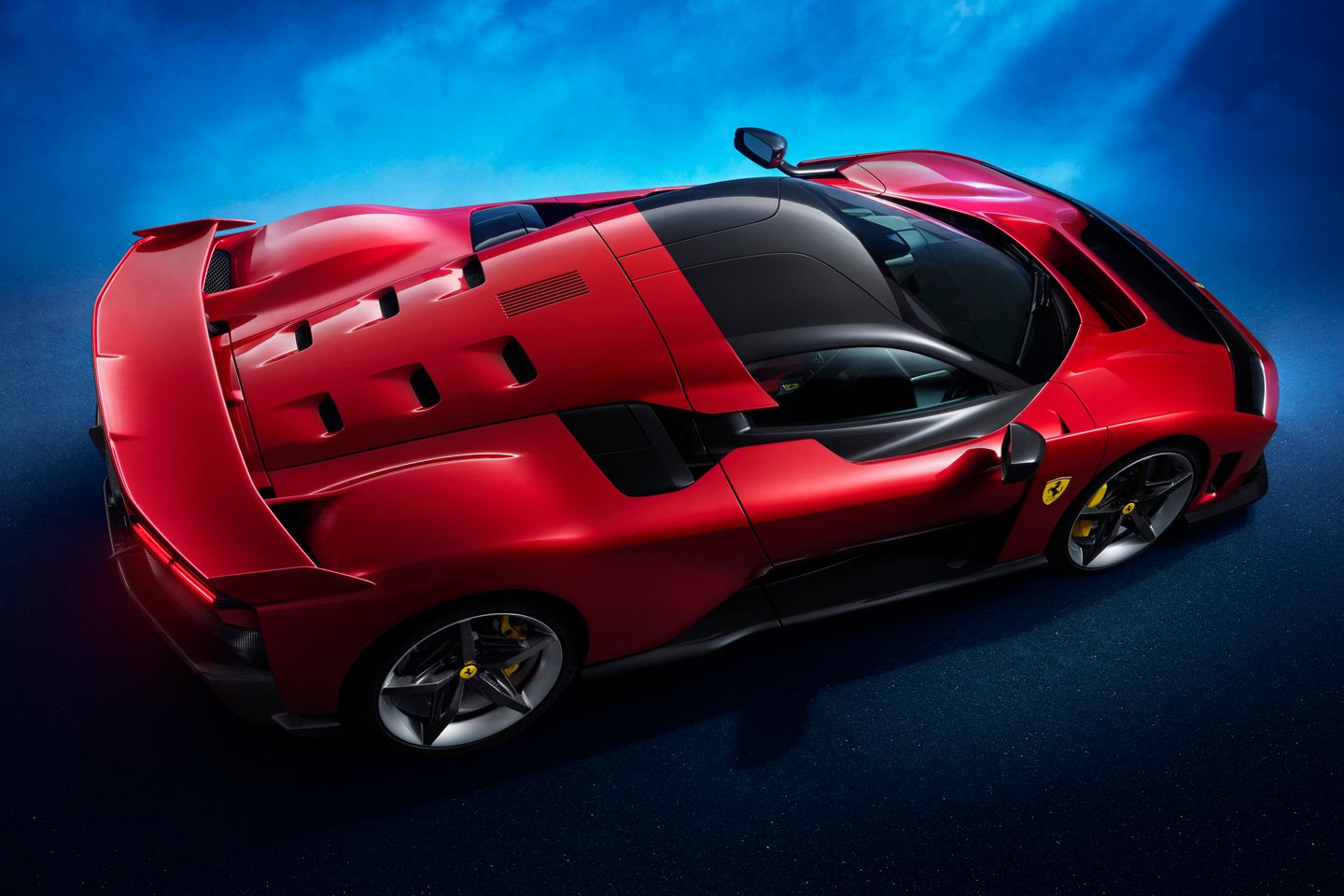

While that sounds like an ergonomic nightmare, it feels surprisingly spacious. Having the passenger a few millimetres back prevents awkward elbow-to-elbow knocks, and presumably makes them less distracting when the mood strikes to try out the new-for-F80 Side Slip 9.0 (which ‘estimates the velocity of the centre of mass of the car’ to within 1kph and less than 1 degree of slip, if you were wondering). Their seat is also fixed in place, consisting of a few Alcantara pads stuck to the tub, while you as the driver are free to move backwards and forwards. Naturally, the cabin is augmented around the latter, with a wrap-around dash consisting of a centre display, the usual Ferrari drive selector, controls for the air-con in the centre console - and that’s about it. Everything else, for better or worse, is housed in the steering wheel, which is an all-new design for the F80 with a prototype-style flat top and bottom. It contains many buttons and switches, but the upside is that most require a physical press or twist to activate.
Being a hybrid means the F80 gets an ‘eManettino’ with three different maps for the powertrain, those being Hybrid, Performance and Qualify. You’ll want the dial on Hybrid for ‘normal’ driving, as it prioritises energy recovery to keep the battery topped up for when you’re ready to turn the wick up. Performance, meanwhile, is designed for circuit use, where you’ll get a consistent deployment of energy to keep pumping the laps in at a Cadwell track evening. Qualify is the Leeroy Jenkins of battery modes, giving you the full whack of the hybrid system for one all-out glory run. Plus, if you’re on one of the numerous supported circuits worldwide, the all-new ‘Boost Optimization’ function will deploy the battery at the optimal point on track. However, what you won’t find is an EV-only mode, as you would on an SF90 or 296, as it’s ‘not in keeping with the car’s mission.’
So while electricity runs in the F80’s veins, like the red stuff that runs in ours, it’s mostly kept out of sight. Having said that, its influence goes beyond raw performance. For instance, the new active suspension system, which is largely based on the setup found in the Purosangue, is powered by the 800v battery (albeit with its direct current converted to 48v), and automatically modulates the chassis to make the most of its aerodynamic platform. All very clever stuff, but it’s the 3D-printed suspension arms (another Ferrari first) that are really impressive. The upper rear wishbones in particular, which resemble web-like structures that hold the gigantic dampers in place. It’s a shame Ferrari hasn’t supplied any pictures of them (we couldn’t take our own, sadly), as they’re the sort of exotica you’ll likely never see.
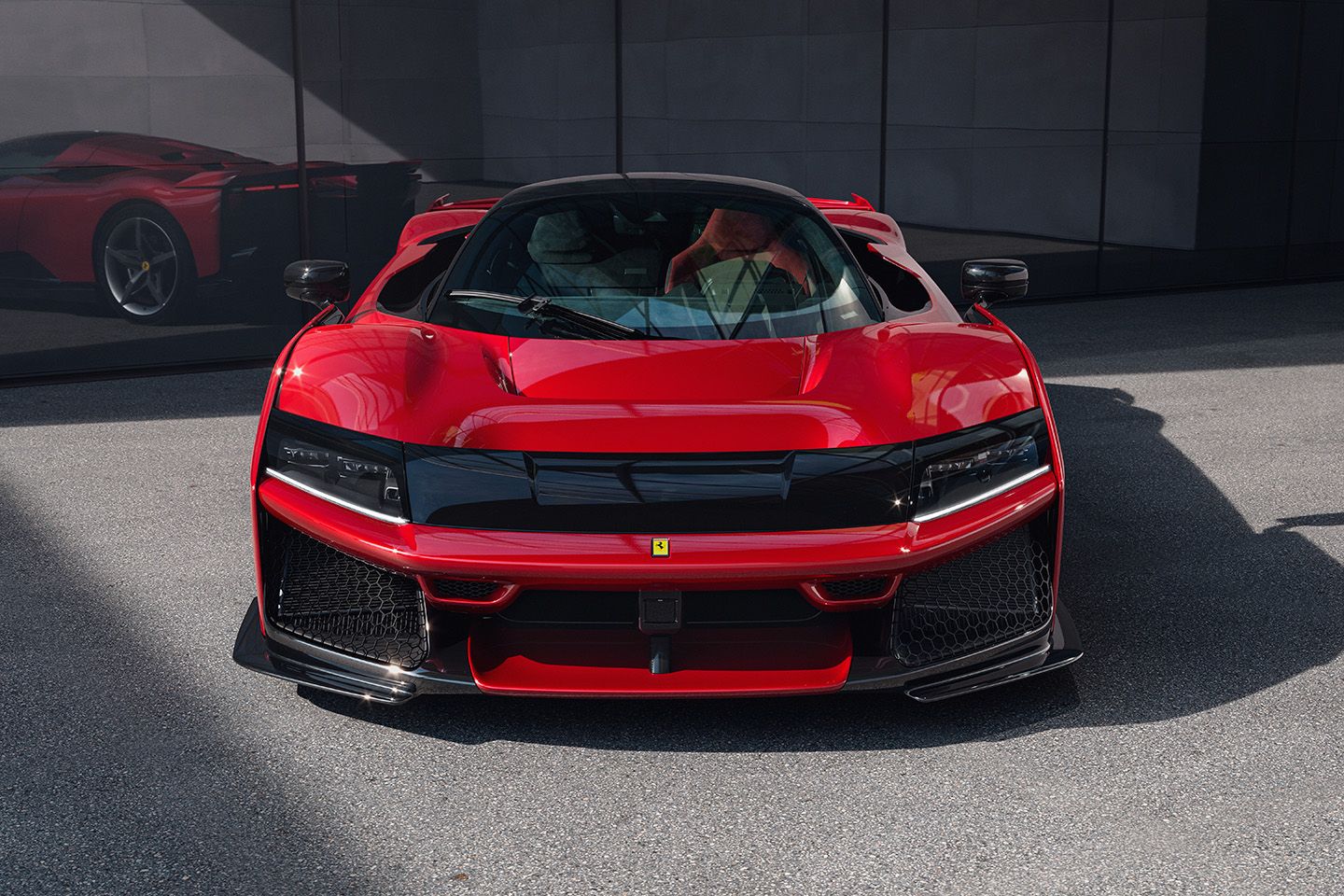

Good thing Ferrari’s swanky new brakes are on full display, then. Co-developed with Brembo, the new CCM-R (that’s carbon ceramic material - racing) brakes use longer fibres to help improve ‘mechanical strength’ by 100 per cent and thermal conductivity by 300 per cent over the firm’s previous-gen carbon ceramic. Which will come in handy, as they’ve got to stop a 1,525kg (that’s dry) projectile from its limited top speed of 217mph. The brakes are tucked behind carbon fibre 20-inch wheels up front and 21s at the rear. They’re the world’s first five-spoke carbon wheels, apparently, and for good reason. Before, only a ten-spoke design was cable of holding up to the immense forces a downforce monster like the F80 can inflict on it, but Manzoni says a newly-developed "lattice construction" made the five-spoke carbon rim possible. Buyers will have the choice of various colour options, including all-silver, plus either Michelin Pilot Sport Cup2 or Cup2R rubber.
As for the colour, it really depends on how big a cash-stuffed briefcase you present to Ferrari when placing your order. The company’s developed a new ‘Rosso Corsa metallizzato’, which looks deeper and richer than the prevalent non-metallic version, but aside from the underbody remaining in a dark colour “because it is very technical”, says Manzoni, anything is possible. After all, customers will need to find €3.6 million, Italian tax included (or roughly £3m here), and that’s only if they’re handed an allocation. Ferrari’s capping production at 799 examples, which is actually 300 more than the run of LaFerraris. Even though it costs at least twice as much as its predecessor with six fewer cylinders, it wouldn’t come as a surprise if all were snapped up the moment customers set their eyes on it. Game on, McLaren. And over to you Porsche.
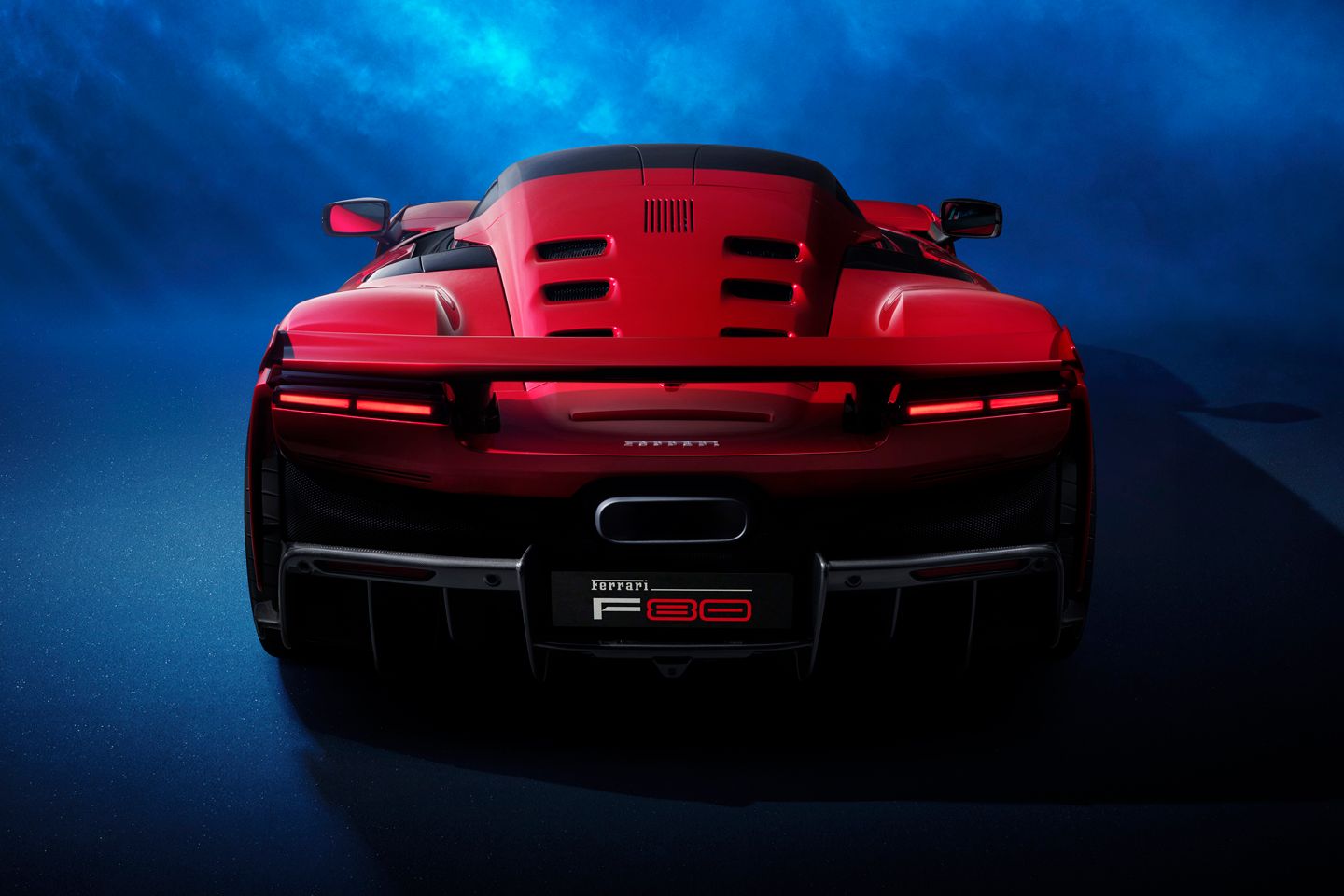
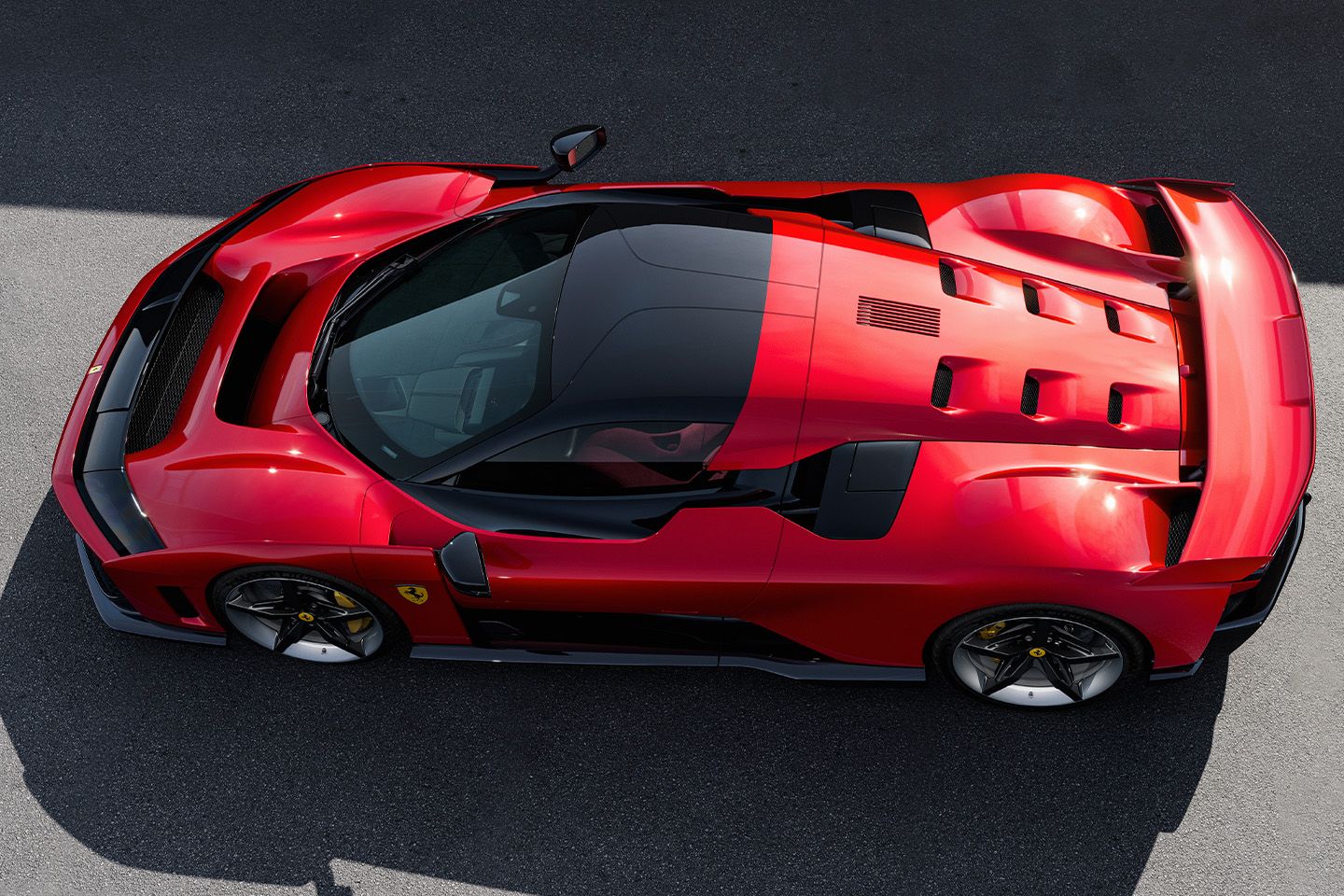
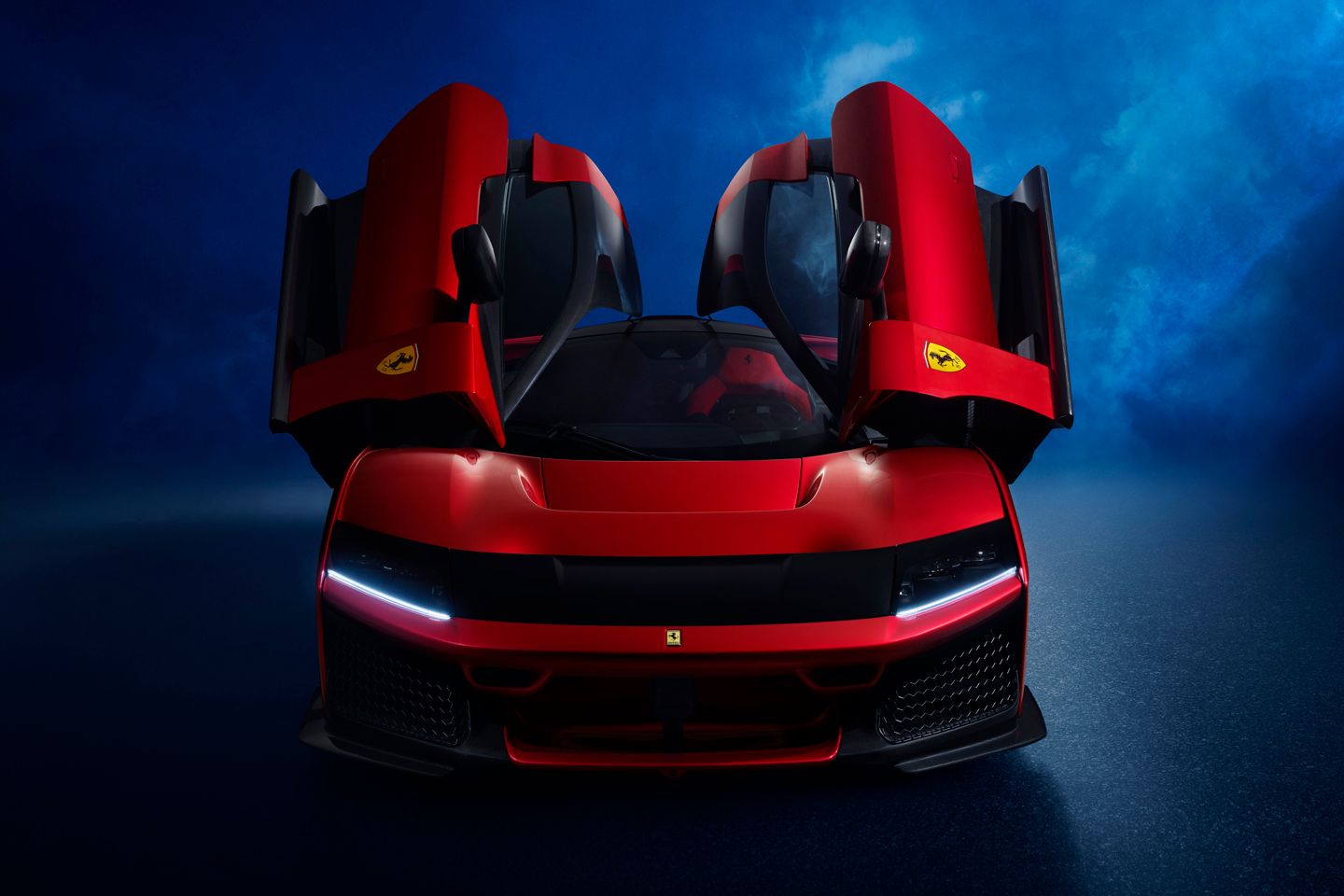
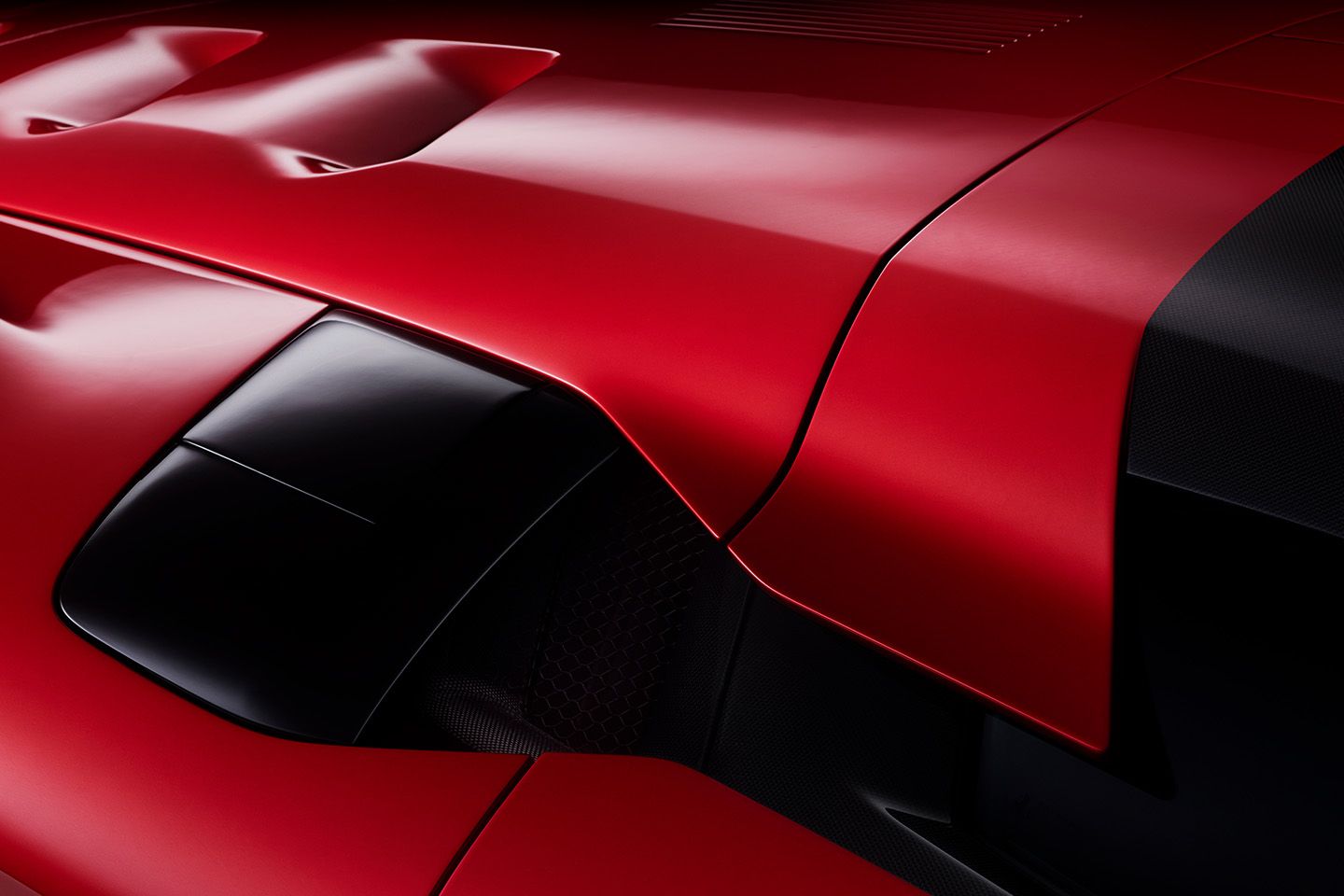
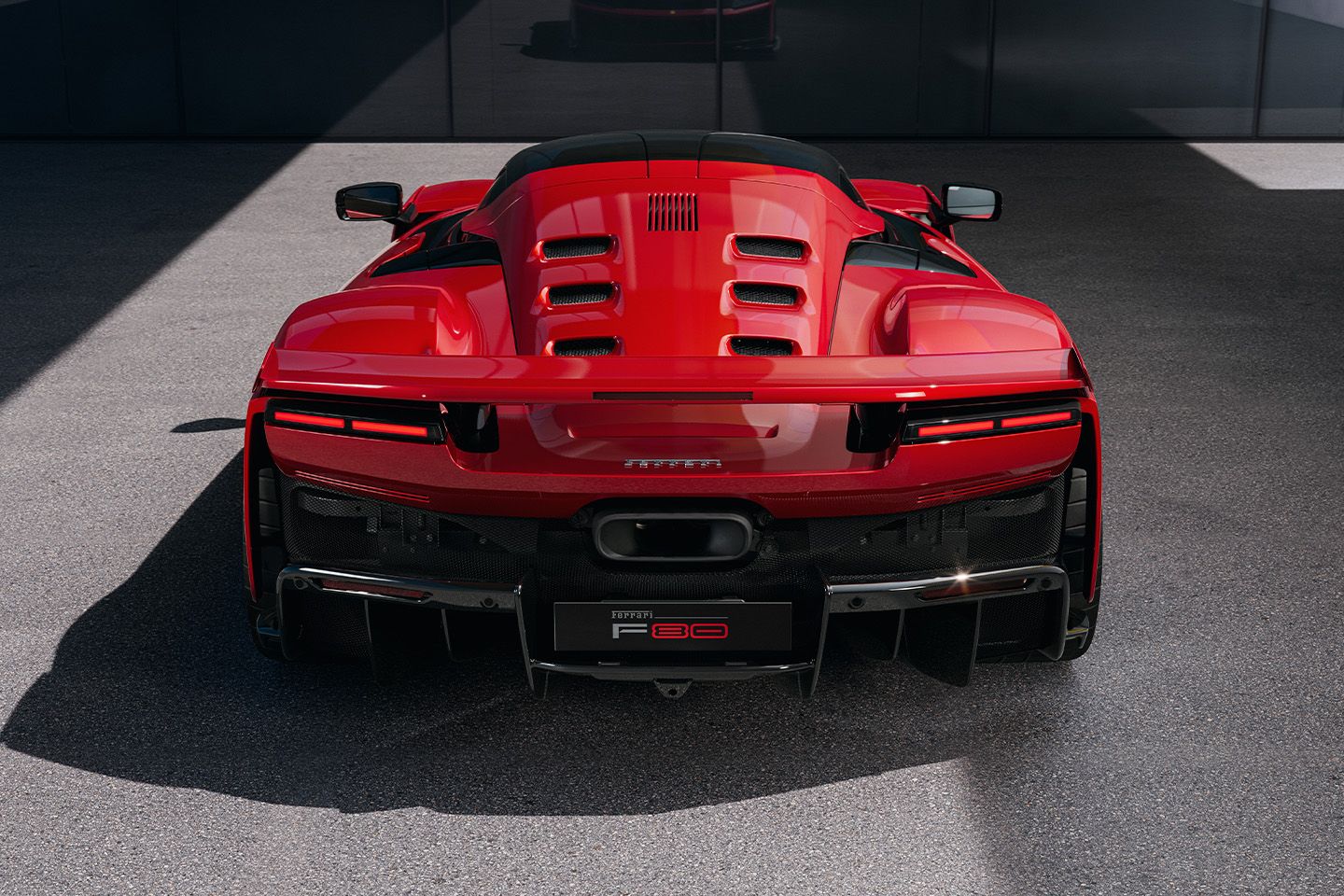

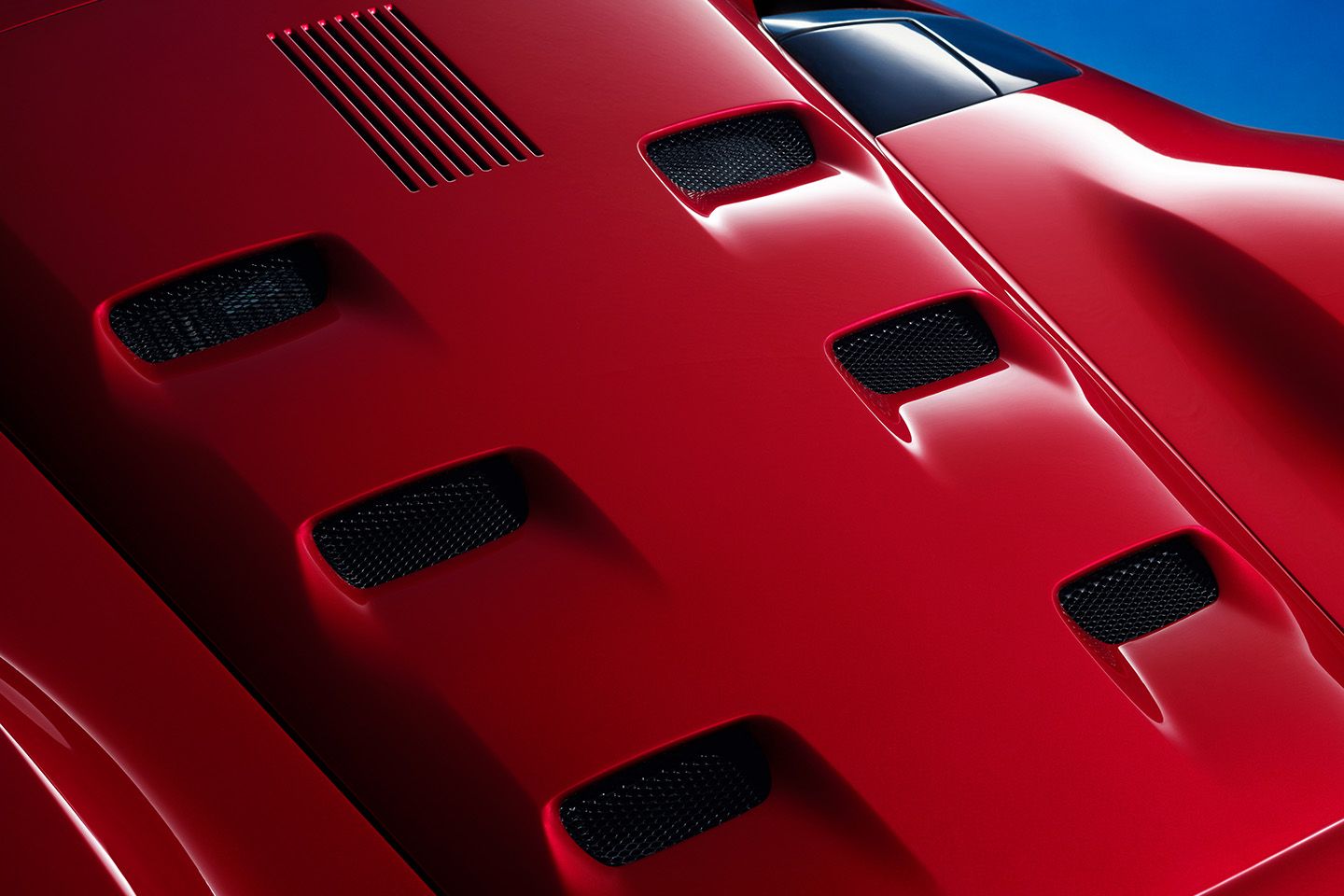

Crazy to think in 2024 I now look back at the Ferrari Enzo and think “that’s a neat, clutter-free, attractive car.”
I think it’s a no from me. Thanks all th3 same.
I always rather liked that the top-tier 'F's would come with the over-pronounced haunches on each corner ala race / formula cars. This seems slab sided and too.. akin to current road offerings..? No doubt a performance monster though, and a collectors wet dream.
I like this a lot, I think it does a much better job visually than the Macca W1 of being a road going spaceship, interior seems more special too.
Granted the design origins of the 288GTO were pretty obvious, but when a car looks that good who cares

Gassing Station | General Gassing | Top of Page | What's New | My Stuff



